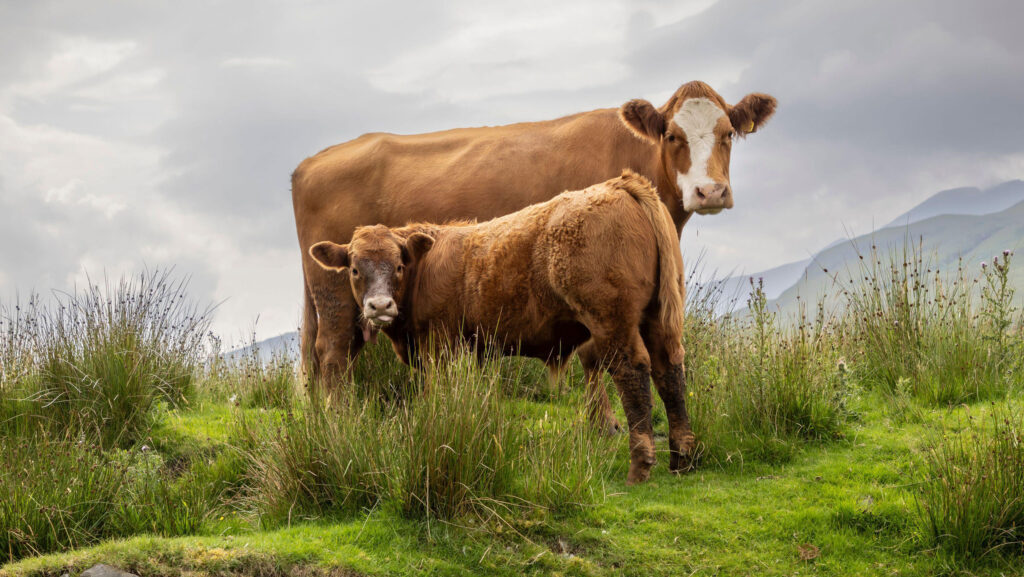Editor’s View: Much at stake in beef sector support debate
 © Helmut Lunghammer/Alamy Stock Photo
© Helmut Lunghammer/Alamy Stock Photo It was a rare delight this week to seize upon a policy development in Scotland on a topic you don’t hear environment-focused civil servants discuss much nowadays: cows.
As farmers in England have been stewing over whether it’s terrible that Defra won’t allow them to plant more than 25% of their farm in pollen and nectar flower mixes, Scottish farmers have been reacting to an update on their £40m Suckler Beef Support Scheme.
From 2025, in addition to the current rules, payments will only be made to calves born from cows with a calving interval of 410 days or fewer.
See also: Scots government attaches new conditions to future support
Not an overly ambitious target, since we know from a recent study that mean calving interval across all Scottish sucklers is 400 days – higher than the median of less than 370 days due to a long tail of poor performers.
But this has sparked an interesting debate about the scheme’s role. Previously, its only purpose has been to funnel money to all suckler beef producers.
Now it will partly be a policy lever for the government to try and improve sector productivity – particularly if it introduces ever-lower calving interval requirements in subsequent years.
This will align it with Northern Ireland’s Beef Sustainability Package, launching this year.
It has an ever-tightening set of standards that will see producers only get a headage payment by year four if calving interval is 385 days or less, heifers calve down at a maximum of 29 months and fat cattle slaughter age is no more than 26 months.
But which is a better strategy to shore up what can often be a marginal industry – incentivising profitable actions that see money withdrawn from poor performers or spreading it as widely as possible?
My initial reaction is to favour the former. If the payment is a sufficiently potent motivator, it will incentivise farmers to hit the target.
Were cow numbers to remain at least flat, it would see national production increase, helping to stave off the threat that processors often warn about – falling below the critical mass of production that is needed to sustain supply chains.
Yet, as the Institute of Auctioneers and Appraisers in Scotland notes, Scottish suckler cow numbers are not flat, they are in decline.
It is concerned that the new restrictions will cause numbers to fall faster, yet it could also be concluded that the scheme in its current guise is not effective at propping up the industry either.
Schemes which overtly seek to keep farmers in business have been losing ground for the past decade against more targeted interventions, and this is just the latest iteration.
It is tough with one side of our mouth to warn about food security – a topic discussed prominently in our new report A Future For Farming that has been published this week – and with the other, spurn incentives to reward those who are more resilient.

